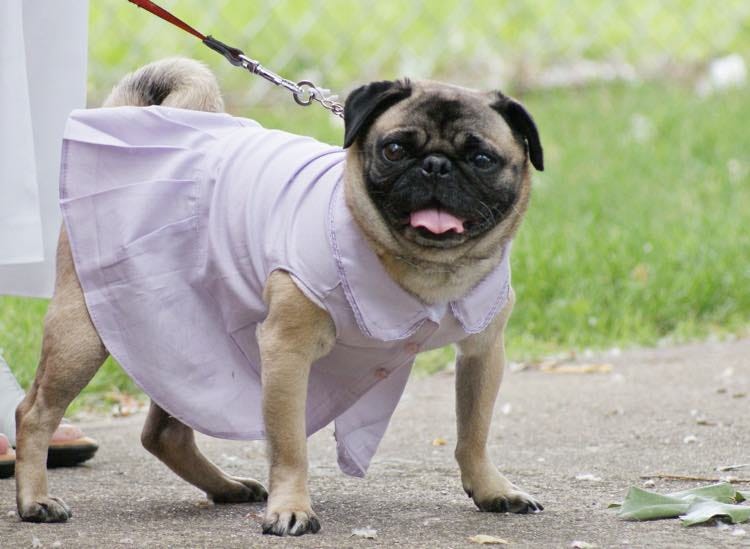Pets instead of children: the fur baby trend
It was a chilly Saturday morning and I was doing my usual run around the park in lockdown. The park was busy, I guess because there's nowhere else to go, but the other reason could be because more people than ever seem to have a dog.
Whilst plodding along my usual route, I couldn't help but notice how many dogs were wearing clothes, at least as many dogs that morning were fully clothed as humans. It was cold but not that cold and isn't this why dogs evolved to have fur?
As well as dogs wearing some sort of dog jumper, it was noticeable how besotted the owners were. It's clear these weren't just pets, they were instead fur babies. A new term used that reflects the humanisation of pets which in part is because couples and singletons are having pets instead of children at an increasing rate.
Megatrends
The growing ageing population and declining birth rates are two megatrends in the developed world. For the population size of country to stay still, women need to have on average 2.1 children and that ain't happening.
In South Korea, the average birth rate is 1.05 which means unless this trend reverses the population will be cut in half. Japan's low birth rates for many years means its population has been in decline for 6 years and will continue.
Why are couples having fewer kids?
Many demographers would agree that the Industrial Revolution and the rise of urbanisation is the cause of declining fertility rates. When we lived on farms, having more children equalled more free labour, but in the city, it's a financial burden.
For today's young and fertile generations, another prevailing factor is the uncertain economy. The Millennials have had the Great Financial Crisis and Coronavirus to contend with (which we're yet to see the true economic fallout from).
Record-breaking global debt will be a drag on the economy for sometime to come. Which means Gen Z are unlikely to want large families either, but this is great news for an attractive and cheaper alternative to humans: pets.
Microtrends
Within the megatrends, there are smaller trends, one of them is the growth of "Pet Parents" and a newly identifiable demographic: single with pet. Mark Penn, author of Microtrends Squared writes about this topic and goes on to say:
"In more developed countries like the United States, the U.K., Italy, Japan, and others, something quite unexpected happened between the sexual revolution of the sixties and today. The more money people earned, the fewer kids they started to have. Having a successful child became increasingly expensive. Work life for men and women became fundamentally more interesting as careers shifted mostly from hard, repetitive physical work to pushing ideas and paper. Having kids became less attractive, and having dogs and cats became more attractive ... The result was that the pet population boomed, while the human population growth slowed way down."
Millennials love their pets and lavish them like children. It used to be that pets were lucky to be fed some occasional scraps but now they eat and are clothed like humans which are big driving forces behind humanisation and premiumisation.
"Dog photos are the new baby photos"
Mark Penn (Microtrends Squared)
Humanisation and premiumisation
Pet ownership is hardly a new trend, however, how pets are being treated is. Pets and especially dogs are being treated as part of the family. As this GfK posts puts it, "from guard dog to family member".
All of this means that pet owners are spending more on their beloved animals than ever before.

Fur babies an unstoppable trend
The global pet care market is forecasted to grow above 7% during the next 5 years (2020-2025). I like trends with longevity and I don't see our obsession with pets (especially dogs) going away any time soon.
Analysts now consider the pet industry as recession proof, an accolade once only garnered by the alcohol and tobacco industries. In 2020 while many businesses were haemorrhaging losses, the pet industry made year on year gains.
Investing in pure players
Three of the major pet care players are Mars, Nestle and Colgate, but to ride the coattails of a pet ownership and expenditure boom I'd rather own a pure player. Listed below are a few that are worth a look at or to consider adding to a watchlist.
While dogs might not be as exciting as Dodgecoin, Poodl and recently launched WOOF tokens (can anyone convince me this isn't all a joke?), it's a trend that allows you to sleep at night which can't be said for the latest crypto coin, token or tech startup. It's for that reason I'll be looking to add good quality pet care stocks to my portfolio on the next stock market correction.




